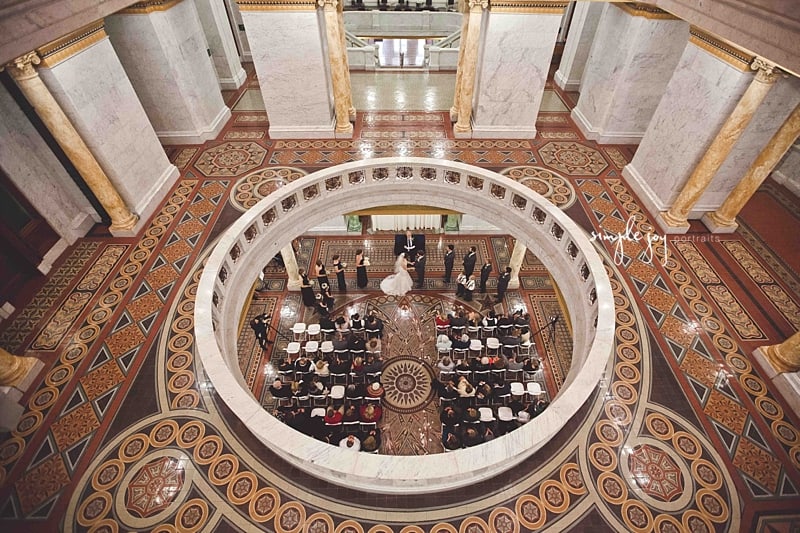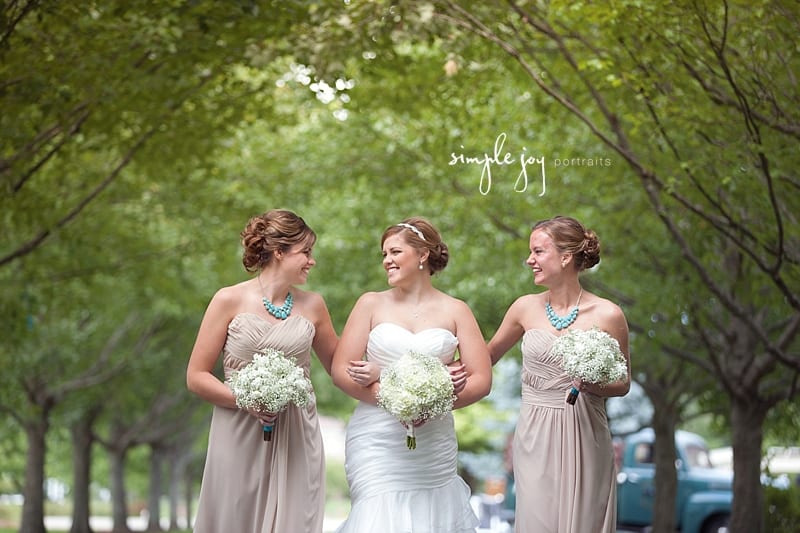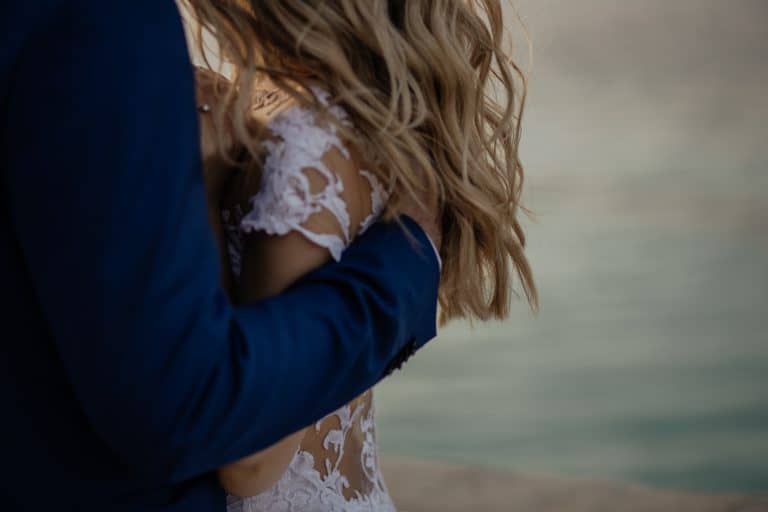Have you ever considered adding wedding photography to your current photography business? Do you love weddings but simply don’t have the time for the contracts, client meetings, post processing & logistics? Are you looking for a way to fill in your schedule gaps and make some additional income? Two years ago, I answered yes to all of these questions. I was intrigued with wedding photography but I wasn’t quite sure it was even a good fit for me. It was around that time a photographer friend, who specialized in wedding photography, approached me to be a second shooter at one of her upcoming weddings.
I decided to leap at the opportunity as a way to get my feet wet, while at the same time getting to work with a seasoned wedding photographer. Since that time, I have not only continued pursuing second shooting jobs but have grown to love weddings so much that I now specialize in them within my own business. Here are a few lessons I have learned along the way that can help you become a better and more marketable second shooter.

Lesson 1: Communicate
Before the wedding day approaches it is so important that you reach out to the lead photographer and discuss his/her expectations for the wedding day. What should you wear? Is there specific equipment that they would like you to bring? Do they want you to use their memory cards or your own? What is the timeline for the day? Are there any venue requirements for photographers? Will you stay together to photograph portions of the day or divide and conquer? What rights do you have to your images and can you use them for your portfolio? I can’t stress enough the importance of being on the same page as your lead photographer BEFORE the big day arrives. You will not only be better prepared, but being proactive in your communication will help establish trust with your lead photographer.

Lesson 2: Be Attentive
Throughout the wedding day, it is crucial that you keep your eye on the lead photographer. Are you getting in the way of their shots? Where do they want you to be? Do they need assistance with carrying or setting up equipment? Does the bride’s dress needs fluffed? Is the groom’s boutonniere crooked? Do they need assistance corralling family members for group shots? Be the lead’s second set of eyes and your attention to detail will go a long way.

[ad id=’1′]
Lesson 3: Think Creatively
Be on the lookout for interesting angles and details that you could be shooting while your lead is shooting a different setup of the shot. You should never be shooting next to your lead. If he/she is shooting with a wide lens, grab your zoom and get some close up shots of details or candid expressions in between setups. The objective of the lead photographer is to be getting the “safe” shots, which allows the second shooter a bit more leeway to be more creative with what they are shooting. You never want your images looking the same as the lead.

Lesson 4: It’s Not About You
Listen up because this is a huge one, do not promote yourself, do not hand out your business cards, and do not discuss your own personal business with guests. You have been hired as an extension of the lead photographer’s brand and you are working as their associate for the day. Be professional. Be kind. Be flexible. Follow directions. Represent their brand to the best of your ability. On the same topic, if the lead allows you to use the images you shot for your portfolio, do NOT post any of your images to social media and/or blog before the lead has had the opportunity to post on their own. Along these lines, if and when you do post images, always credit yourself as being the second shooter for your lead photographer’s business and direct all additional traffic to their blog.

Lesson 5: Ask For Feedback
After the wedding is over, it is key that you ask the lead photographer for feedback. Be open and prepared to listen to constructive critique both immediately following the wedding as well as during the editing process as the lead reviews your images. It can sometimes be a little scary to ask for feedback, but if you allow yourself to be vulnerable, the insight you receive may be invaluable to your business. It’s the best way that we as photographers will learn and grow.

I know weddings can be intimidating to some but second shooing may just open the door to a whole new world of photography that you didn’t even know that you would love! Step outside your box, take the lessons you learned from above, and start networking with local wedding photographers near you!






